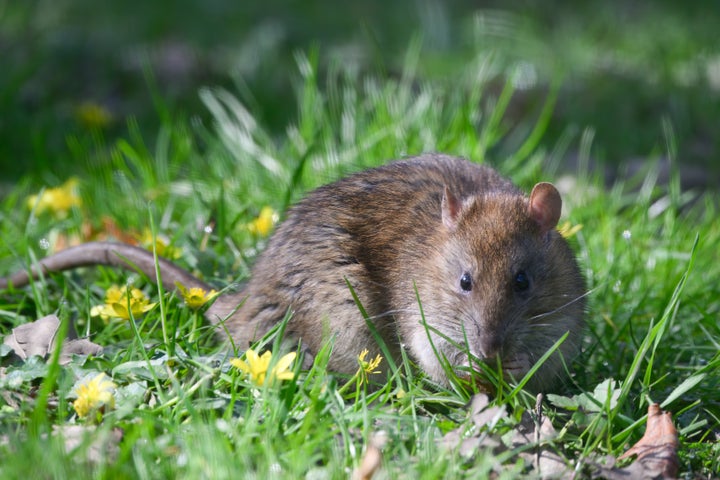
Autumn is a time of bounty for most gardeners. But as leaves turn and fruits ripen, rat populations start to flourish, too.
The rodents crave seeds, fruits, and veggies that become harvest-ready in the later months. “Fields still have a lot of spilt grain on them from the harvest and there are many types of fruits and nuts in woods and hedgerows,” Pest UK says ― and moderate climes make great breeding conditions for the beasties.
So, if you’ve started to suspect you’ve got an invasion on your hands, you’re not alone. We thought we’d share the uncommon signs rats have made their way into your yard ― and what to do if you’ve got a confirmed case.
Empty snail shells could spell invasion
The Royal Horticultural Society (RHS) say that spotting piles of empty snail shell son your garden could mean rats have made their home on your (literal) turf.
“Rats will also prey upon invertebrates including snails, a pile of snail shells is often a sign that rats have been present,” they say.
The RHS adds that owners of a rat-infested garden might also spot rat tunnels ― their openings are usually about 3-4cm, which is “about twice that created by mice or voles.”
Black, cylindrical, rounded droppings, around 1.5cm long, are also a telltale sign; rats leave up to 55 droppings behind them a day, so trails are more or less inevitable.
You might also spot two small vertical channels on veggies; these are rats’ teeth marks. And if you’ve got a shed, the pros recommend you keep an eye out for spilled grain and shredded materials that rats use to build their nests.
Why me?
Unfortunately, rat-infested gardens might be the clearest case of “no good deed goes unpunished”. Flourishing veggies, bird-friendly feeding practices, and even the great gardening practice of composting can put you more at risk of rats.
Bird feeders can act as easy food sources for rats, and they love vegetables like sweetcorn, pumpkins, squash, carrot, parsnip, beetroot, and potato tubers.
And if your compost bin isn’t securely closed, rats will be attracted to its bountiful food source and apeeling (sorry) smell.
It can be a great idea to leave your shrubbery untrimmed in the colder months, as it can provide vital cover for all-important wildlife. Unluckily, that wildlife can sometimes include rats.
OK, so ― what now?
Luckily, you don’t need to abandon all your best gardening wisdom to help get rid of rats. Removing excess bird feed before it builds up can deter them, for instance (and prevent the spread of wildlife diseases, too).
“Plant repellents, such as wood hyacinth, allium, and daffodils, are known to help keep rodents at bay,” the RSPCA says. They add that trimming your lawn and shrubs while the rats are there (and then letting it grow back once they’re gone) should help.
Additionally, rats love clutter (it provides plenty of warmth and hiding spaces). Consider a garden-wide clearout before taking more extreme methods, and if you’ve got a pet, keep an eye on where you place their food ― rats are bound to be tempted by an easy protein source.
But if nothing else works, you might want to reach out to your local council to see if they offer rat control (many do). If you want to catch them yourself, try break-back rat traps, the RHS says.
These “can be set in places where rats are active... [and]... baited with a wide range of foodstuffs for example bread, cereal or chocolate.” Keep them out of other animals’ reach.
Rat poison is also an option, though it’s less preferred. Firstly, you could accidentally poison another animal (which is illegal); secondly, animals that die from poison often crawl somewhere secret before they pass, leading to foul smells and hard-to-tackle fly infestations.
Ah, autumn...